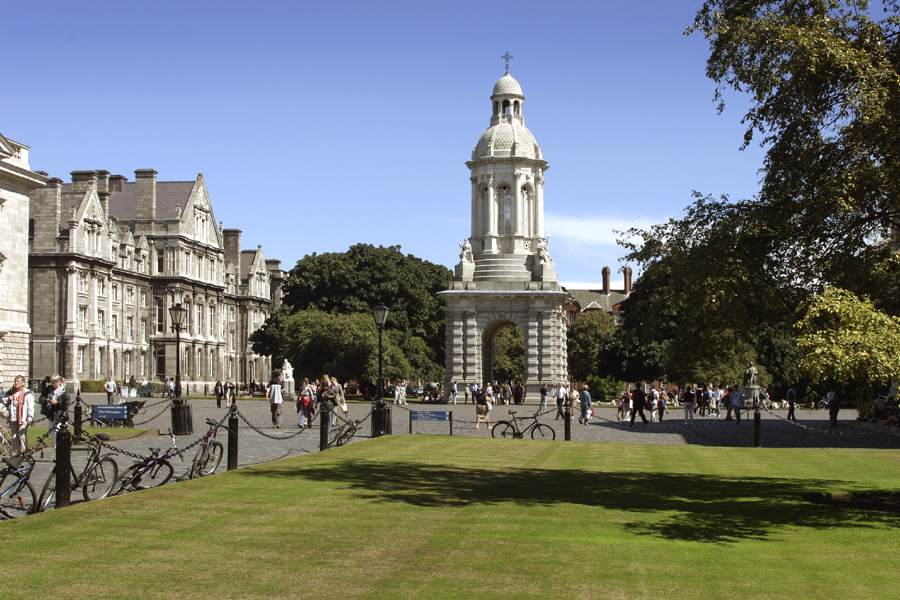The number of students applying from Northern Ireland to study in Trinity has seen a 22 per cent increase, as Trinity sees a general increase in overall CAO applications for the first time since 2012.
Overall, 885 students from Northern Ireland applied to study in Trinity this year through the CAO, up from last year’s 725. This comes after two initiatives aimed at increasing the number of applicants from Northern Ireland, one which increases the points available for grade bands for the first time, and another Trinity-specific feasibility study which offers 66 places to students from Northern Ireland based on their best three A-level results rather than their best four. Trinity has a stated goal of tripling the number of students attending Trinity from Northern Ireland by 2018.
This year has also seen nearly a two per cent increase in the number of students who, overall, placed Trinity as their first-preference course on their CAO applications, reversing a trend which had seen the numbers fall for several years.
This increase saw 7,998 students putting Trinity as their first choice, representing 10 per cent of the overall applications to level 8 courses.
The total number of applications to Trinity also increased. Out of a total of 76,082 CAO applications this year, 18,469 students applied to Trinity, a three per cent increase on 2015. This also made up 24 per cent of the total number of applications submitted to the CAO, which saw a small two per cent increase on applications this year.
This increase reverses a trend that has seen CAO applications to Trinity fall in recent years. Between 2012 and 2014 the number of students placing Trinity as their first-preference fell by nearly 9 per cent, from 8,142 to 7,437. The total number of applications also fell in the same period from almost 19,000 in 2012 to 17,795 in 2014, a decrease of nearly 6 per cent.
This fall in both the number of total and first-preference applications between the period of 2012 and 2014 had seen Trinity become the only university in Ireland that had witnessed a consistent year-on-year decrease.
This year also saw a five per cent increase in overall course applications, from 37,688 applications in 2015 to 39,568 this year. The Faculty of Engineering, Mathematics and Science saw large increases in first-preference applications to many courses, with the highest increases in earth sciences and human genetics, which were up 35 and 30 per cent respectively.
Despite a 13 per cent increase in the number of students putting radiation therapy as their first preference, there was a decrease in applications to several health science courses. The largest such decrease was in occupational therapy, with a 25 per cent drop in students putting the course as their first preference. Medicine also saw an 8 per cent decrease in applications.
Following trends across the sector, there has been a decrease in the number of students applying to courses in the Faculty of Arts, Humanities and Social Sciences. Some courses however have seen large increases, with applications to history and political science and English rising 38 per cent and 20 per cent respectively.
This increase in applications overall however comes as Trinity continues to fall in world university rankings, falling from 129th in the Times Higher Education World University Rankings in 2014 to 160th in 2016. The College also fell from 71st in 2014 to 78th in 2015 in the QS World University rankings.







